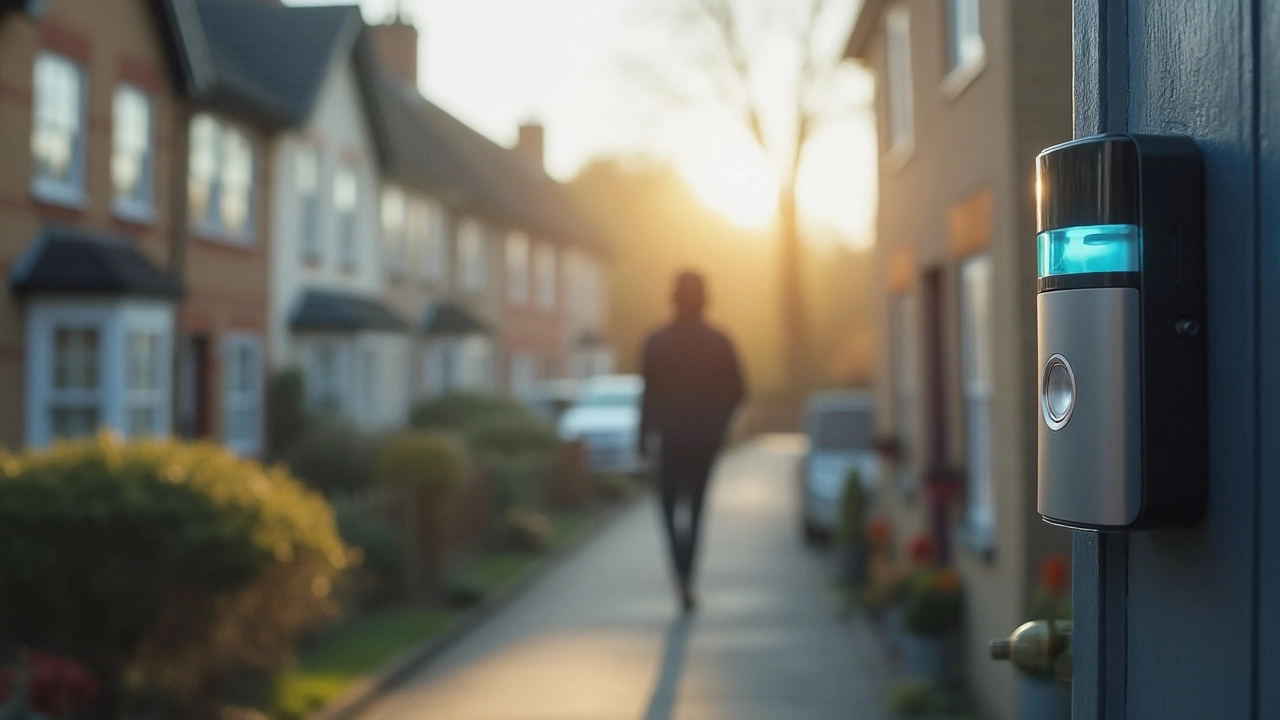Prevent Hacking: Easy Ways to Keep Your Smart Home Safe
Feeling uneasy about your smart gadgets being a backdoor for hackers? You’re not alone. Most of us love the convenience of video doorbells, Wi‑Fi cameras, and voice assistants, but the same connectivity can open the door to trouble. Below are quick actions you can take right now to lock down those devices.
Start with Strong, Unique Passwords
Never settle for the default admin password that comes with a new camera or doorbell. Use a mix of letters, numbers, and symbols—think "B!rm!ngH0me2025"—and make it different for each account. A password manager can store these for you, so you don’t have to remember every crazy string.
Once you’ve changed the password, enable two‑factor authentication (2FA) wherever the option exists. Even if a hacker cracks your password, they’ll need your phone or a code to get in. Most major brands, including Ring, Nest, and ADT, support 2FA.
Keep Firmware Updated
Manufacturers push security patches all the time. If you skip updates, you’re leaving known bugs wide open. Set your devices to auto‑update, or at least check the app weekly for any alerts. Updating isn’t just about new features; it’s the single most effective way to shut down known exploits.
Don’t forget the router. A firmware update on your router can patch vulnerabilities that hackers use to hop onto every device on your network.
Secure Your Wi‑Fi Network
Use WPA3 encryption if your router supports it; otherwise, WPA2‑AES is the next best choice. Change the Wi‑Fi SSID and password from the factory defaults. Create a separate guest network for smart devices, keeping them away from your main computers and phones.
Turn off WPS (Wi‑Fi Protected Setup). It’s a convenience feature that many hackers exploit to crack networks in minutes.
Limit Remote Access
Most smart devices let you view live video from anywhere, but that also means they’re reachable from the internet. If you don’t need 24/7 remote access, disable cloud streaming or set specific time windows. Some brands let you lock features behind a PIN you can change later.
If you must have remote access, use a VPN to connect to your home network first. A VPN encrypts traffic and hides the true IP address of your devices, making it harder for attackers to find you.
Watch Out for Phishing and Malware
Never click on suspicious links in emails that claim to be from your security provider. Hackers often send fake “security alerts” to steal your credentials. Always log in directly through the official app or website.
Install reputable antivirus on any computer you use to manage your smart home. Malware on a PC can spread to IoT devices through the same network.
Physical Security Matters Too
Even the best digital defenses fail if someone can physically tamper with a camera or doorbell. Mount devices out of reach, use tamper‑proof screws, and consider a lockable enclosure for outdoor cameras.
Cover lenses when you’re away for an extended period. It sounds simple, but it prevents unwanted recordings and stops hackers from exploiting the video feed for data.
By following these steps—strong passwords, regular updates, a locked‑down Wi‑Fi, limited remote access, vigilance against phishing, and solid physical placement—you’ll drastically lower the chance of a hack. Your smart home should work for you, not against you.

